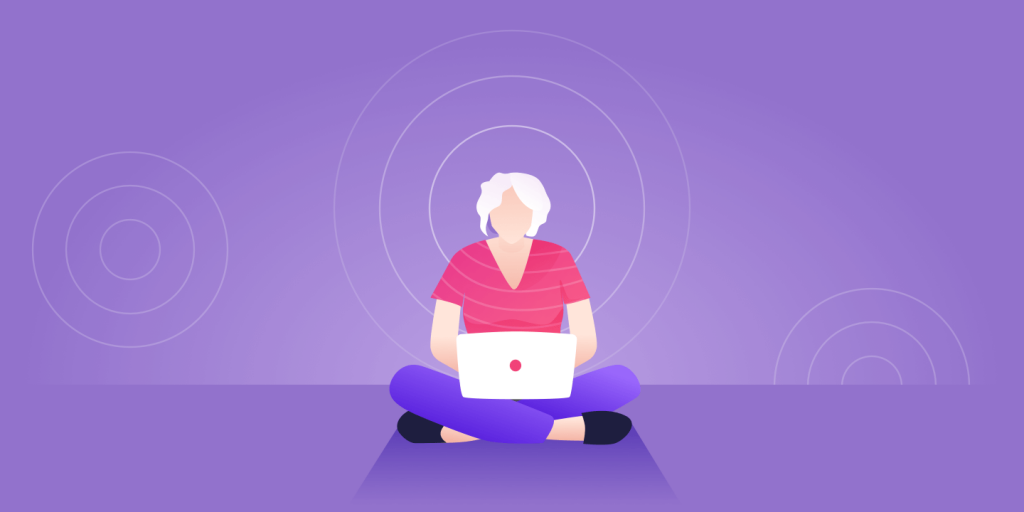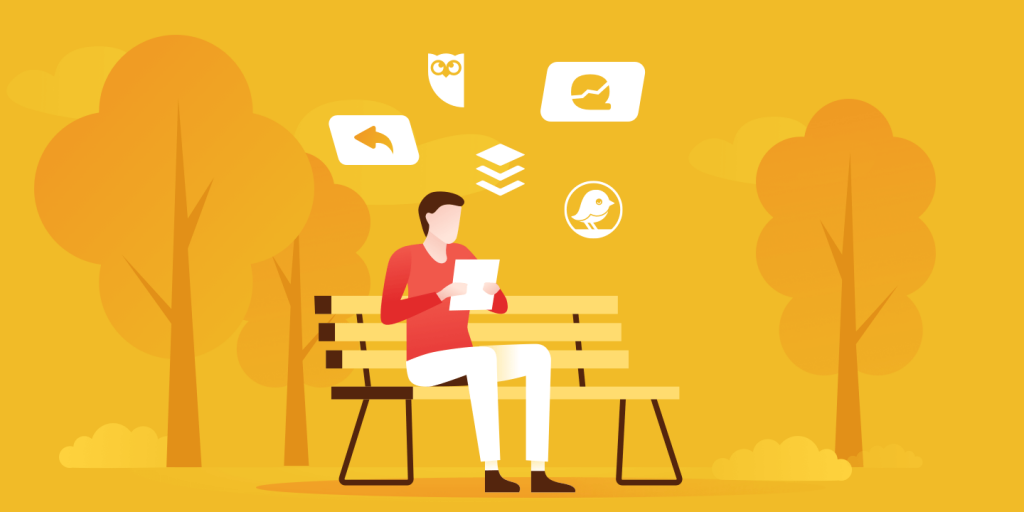“Your customers will need help while they are using the product – so make it easy to find with one quick click or tap from right within the customer-centric product.”
Supporting customers goes beyond having an email or phone number with people on the other end to respond. It is a mentality of how you want customers to experience your customer-centric product and services. You need to ensure you are guiding customers every step of the way.
That starts from their first visit to your company webpage all the way through the use of your product and any roadblocks along the way. To do this, you need to rethink the way your product, website and support channels work together to provide that experience.
This article is going to explore a 3-phase approach involving your Marketing, Product and Support teams to create the support experience your customers want:
- Documenting Knowledge
- Smart Automation
- Product Guidance
“When I think about great service, it’s about how you take every interaction you have with a customer and use that as a way to improve their perception of your organization.” – Jon Herstein, SVP Customer Service at Box
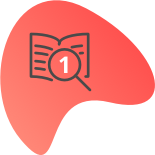 Phase 1 – Document Knowledge and Make it Accessible
Phase 1 – Document Knowledge and Make it Accessible
To quickly help your customers, you cannot rely on details known only to one person or one team. This is known as tribal knowledge and it creates a bottleneck for finding answers. That knowledge needs to be open and available, not only to the entire support team but also accessible to your customers.
One way of achieving this outcome is the Knowledge-Centered Service (KCS) methodology to document, in real-time, the answers to customer questions. Using KCS or other knowledge management strategies will help with two improvements:
- You reduce tribal knowledge
- Case-deflection through accessible knowledge
A reduction in tribal knowledge can be achieved by jumpstarting your knowledge management strategy. Have support agents create knowledge base articles that solve the most repeated questions. The goal is to ensure that, had the customer searched your help center, they would have found the answer themselves. Using this methodology, you can deflect repeated questions from coming into your support queue and leave more time to investigate the non-repeatable or more difficult cases.
To bolster your strong knowledge base, you must make sure customers know they have the ability to self-help. You need to nudge users to the knowledge base, or the appropriate article at each opportunity. These opportunities include:
Your Support Webpage
You need to advertise support to your customers. Linked from your main organization webpage, make sure you have a Support space that lists all the important things your customers need to know: Channels, SLAs, Key KPIs, and, most of all, embed a search bar to your knowledge base. It is key that this search bar is front and center and a clear call-to-action.
The search call-to-action is a strong one. We are conditioned to search for facts we do not know.
Your Customer-Centric Product
Are there any logical places to embed support within your customer-centric product itself? Is your knowledge base linked directly inside your platform (especially in the SaaS world) or within your authenticated space (for example with retail websites or if you have a public community)?
Also, consider if not only linking it there but embedding a search bar inline would provide easier access. Most often, your customers will need help while they are using the product – so make it easy to find with one quick click or tap from right within the customer-centric product.
Wording/Copy
We’ve all seen the phrase “If you need further assistance, please contact support@mycompany.com” in emails, out-of-office replies, knowledge articles etc. While this message is polite, it is not always the right phrase to use. With small changes, you can nudge your customers to appropriate channels, your knowledge base directly or something that may be more appropriate than an email to support.
For example, “Our knowledge base is available 24/7 to help you find answers, or please contact support through your preferred channel.”
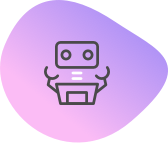 Phase 2 – Automation
Phase 2 – Automation
Whether you have a high volume of repeated tickets or if most tickets are unique, you can always find a way to help the customer through automation.
I refer to ‘high repeatability’ as the “airline use case”. Airlines have an incredibly high volume of customer contacts, but the same handful of questions: What is my baggage allowance? Is my flight on time? What gate is my flight leaving from? This type of support is ripe for automation using chatbot tools, AI and robust, repeatable decision trees.
Tools such as Ada and Drift are customer-facing tools that can solve this problem or Guru and Jatana are excellent at guiding your agents through learning about your customers’ questions.
Low repeatability support needs a different type of solution. Tools such as AnswerIQ and Solvvy are excellent at adding Machine Learning to your knowledge base search. Through manual training and previous case history, these tools tie together common phrases, synonyms and patterns to help point searches to the correct article.
Another way to automate support is through more advanced proactive support. Proactive support is the process of identifying and resolving issues before customers encounter them. SaaS products can achieve this by analyzing the patterns their users take, and the error cases that can lead to a poor experience. It is akin to when a retail site emails you to remind you that you put items in your shopping cart, but haven’t checked out.
For example, if a user misses a necessary step in the setup of your product, instead of waiting for the customer to fail, why not have the customer-centric product email the user directly or pop up a notice in the product and let them know they may have made an error?
With simple querying, you can easily find these error cases. Have a script run periodically that checks for them and sends out the notifications. If you want to track these, your ticket management tool, such as Zendesk, has APIs that your product can invoke to log the occurrence and any customer responses.
In these cases, the customer is more successful with your customer-centric product, and contacts you less, overall lessening your load while improving the customer experience.
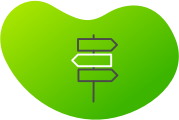 Phase 3 – Product Guidance and Diagnostics
Phase 3 – Product Guidance and Diagnostics
There are three components to this phase, all focused around guiding your customer, and being there to support them more easily when they do get stuck.
Product Error Messages
Every product error should guide the user as needed towards a solution when unexpected behaviors occur. That could be a link to a knowledge base article for complex errors. Or a brief description in the error message itself of how to resolve. It should never be a note to contact a support team. Help the customer help themselves.
Real-time Guidance
Tools like Intercom and Pendo allow you to guide customers in real-time as they use the product. By creating rules based on customers use cases, you can help guide the customer through the steps they need to complete.
Proactive Diagnostics
Diagnostic guidance is when the product can guess the customer is likely to contact support, but to minimize customer effort and support time, provide diagnostic information either visible to the end user to deliver to support or in some logging system internally for review.
When the customer does call/email support, the information is available to your agents for review without having to ask follow up questions, thereby reducing time to resolve and customer effort.
Measuring Success
As you go through each of these phases, it is essential to understand what success looks like. Every organizations’ achievable targets are different, but you can start to learn from others.
My experience has shown that Phase 1 can lead to a 10-30% case deflection rate. Simply by putting your knowledge base front and center and filling it with useful, customer-focused questions and answers. The time saved from this deflect varies, but it allows you to scale a team cost-effectively and utilize your support reps time for the most critical cases and other pressing projects.
Phase 2 is about increasing efficiency. If you can automate a portion of your solutions, your team has more ability to work on the incoming load. If you have a type of case that may not be time-consuming but are very repetitive, automation can help you remove the manual component. It wouldn’t be out of reach to see a 15-20% increase in the load an individual support rep can handle, depending on how many use cases you automate and how powerful your search optimization is.
Phase 3 will ensure the customer has a smooth experience in your customer-centric product. It will allow them to be more successful, more quickly and cause fewer failures. Overall this will result in increases to your customer satisfaction, Net Promoter Score and customer effort score.
All of these phases increment towards making the customers’ use of your customer-centric product and access to assistance smoother and easier to follow. The outcome is a win-win for you and them. Your caseload is reduced and your customers are happier and more loyal.
Helping users guide themselves to solutions or having all the information needed to solve their problems when something does go wrong are incredibly valuable ways to make your support strategy customer-centric.




